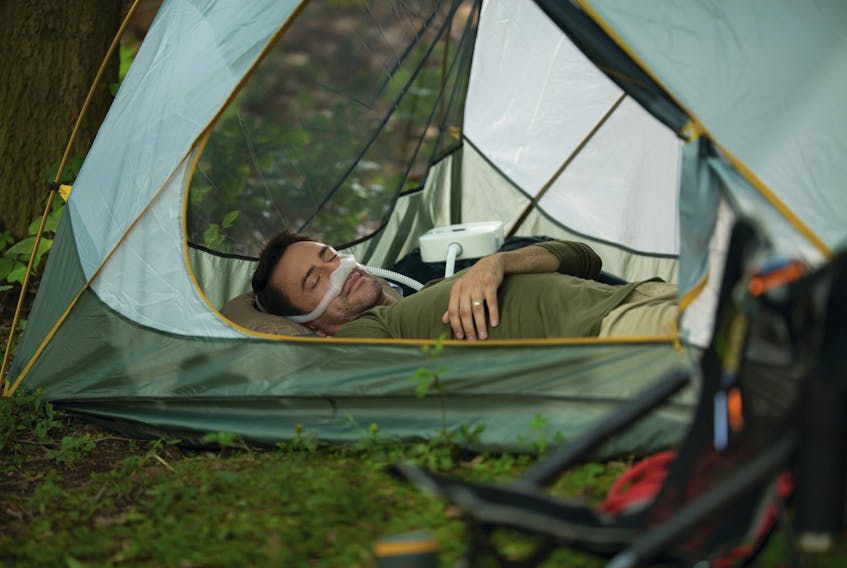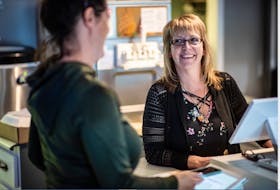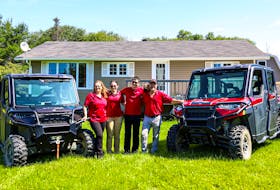The summer travel season is hitting full stride, with vacation getaways, camping, trips to the cottage and business excursions (because people still have to work), all carrying people to destinations far and wide.
For those using a CPAP machine, a device commonly used to treat sleep apnea, there is minimal inconvenience involved in adding your machine to your travel plans, especially these days, with miniature units designed specifically with the traveller in mind.
“The travel CPAPs are very compact,” says Jaime Williams, the regional director with Respiratory Therapy Specialists Inc. “Some of them can fit into the palm of your hand, so it’s a great option for people who have travel plans over the summer.”
The AirMini and Dreamstation Go are two of the travel CPAPs offered by respiratory therapy specialists. The company is offering a 20 per cent summer promotion discount on both models. For more information, visit rtsatlantic.com/product_categories/travel-cpap-devices/.
“They are two of the best on the market,” Williams says. “They come with battery options as well, which works great if you’re camping.”
CPAP machines do not have to be checked at the airport. In fact, most users advise against it, as checked baggage is subject to potential delay, damage or misplacement. Many travellers take a regular-sized CPAP inside its carrying bag aboard the plane. As a medical device, it does not count against your carry-on limit.
Airport security personnel are quite familiar with CPAP machines, so getting through security will not be an issue.
“Now, they typically ask if you have a laptop or a CPAP machine,” Williams says. “So, it’s becoming quite common.”
It’s also more common nowadays for people to use their machines in flight. The travel-sized CPAPs can fit easily into the pouch below the food tray, so the traveller can lean back and have a sleep on the plane. If your CPAP runs on electricity, the availability of power will depend on the airline and plane model. Check with the airline at the time of booking.
For international travel, if your country of destination runs on a 240-volt current, you will have to make sure your machine will work. Most small electronic devices use “switching” power supplies that can accept any voltage between 100 and 240 volts, so the CPAP machine can be converted to work with the electrical grid of the country of destination.
“You may need to get an adapter to plug into your unit,” Williams says.
Since their introduction some four decades ago, continuous positive airway pressure (CPAP) machines have brought great relief for people with sleep apnea. Using a CPAP machine should not interfere with your travel plans in any way, Williams points out.
“With the travel models available now, there are really no limitations on where you can go,” he says. “Whether you’re travelling across Canada or to another country, there is always a way to do it.”









